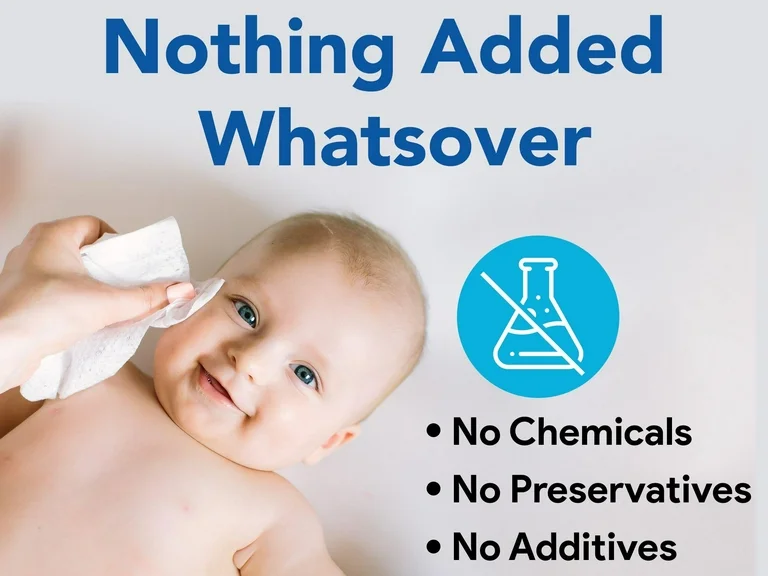
Preservatives in toallitas húmedas have always been a point of controversy. As consumer awareness grows, manufacturers are under increasing pressure to use gentler, safer, and more effective sistemas conservantes. Technological advancements have indeed introduced new raw materials with preservative-like effects, offering an alternative to traditional preservatives. However, some brands take advantage of this progress by labeling their products as having “sin conservantes añadidos” to attract health-conscious consumers.
In reality, there is No hay un estándar global unificado—either industry-wide or regulatory—to clearly define or measure the term "no added preservatives" in products like toallitas líquidas. The phrase is largely a herramienta de marketing, rather than a scientifically enforceable claim.
¿Qué significa realmente “sin conservantes añadidos”?
According to EU guidelines and the EU Cosmetics Directive 76/768, a more accurate interpretation of "no added preservatives" should be: the product does no incluir materias primas añadidas únicamente por sus funciones conservantes during production and sales. This includes not only substances officially listed as preservatives, but also ingredients added for other purposes (e.g., as solvents, humectants, or emollients) that happen to exhibir actividad conservante.
Materias primas comunes con efectos antisépticos (usadas en toallitas líquidas)
Many of these multi-functional ingredients are used in toallitas líquidas formulas, and while not labeled as preservatives, they serve a similar purpose. Here are some examples:
01. Polioles
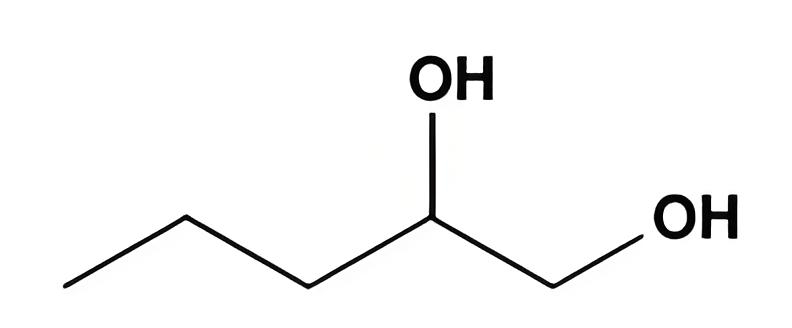
Estos son agentes multifuncionales comunes que ofrecen beneficios hidratantes y antibacterianos:
·
1,2-Pentanodiol (INCI: Pentylene Glycol)
·
1,2-Hexanediol (INCI: 1,2-Hexanediol)
·
Capril glicol (INCI: Caprylyl Glycol)
·
Decanodiol (INCI: Decylene Glycol)
·
Etilhexilglicerina (INCI: Ethylhexylglycerin)
·
Los polioles interrumpen las membranas celulares microbianas, deteriorando su capacidad de reproducirse. Sin embargo, su eficacia y efectos secundarios varían:
·
1,2-Pentanodiol and 1,2-Hexanediol may cause stickiness at high concentrations.
·
Capril glicol may cause tingling sensations, especially in sensitive skin, unless balanced by other agents.
·
Decanodiol has weak antibacterial properties but is synergistic with traditional preservatives.
·
Etilhexilglicerina affects bacteria by lowering the surface tension of microbial membranes and often works alongside other preservatives.
·
These are frequently present in toallitas líquidas, helping to extend shelf life while not being officially categorized as preservatives.
02. Parahidroxiacetofenona
· 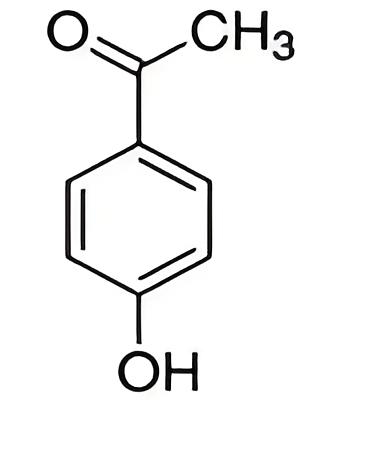
INCI: Hidroxiacetofenona
·
A multifunctional agent with antioxidante, anti-irritación, and antiséptico properties.
·
Se utiliza a menudo en formulaciones líquidas de toallitas para mejorar la eficacia de otros conservantes.
·
Precaución: Potencial incompatibilidad con proteínas puede causar decoloración.
·
03. Ácido caprilhidroxamico

INCI: Ácido caprilhidroxamico
·
Funciona limitando la disponibilidad de hierro, lo que inhibe el crecimiento del moho.
·
Most effective in neutral o ligeramente ácido environments, ideal for toallitas líquidas.
·
Requiere agentes quelantes (por ejemplo, EDTA) para mantener la estabilidad.
·
04. Extractos vegetales
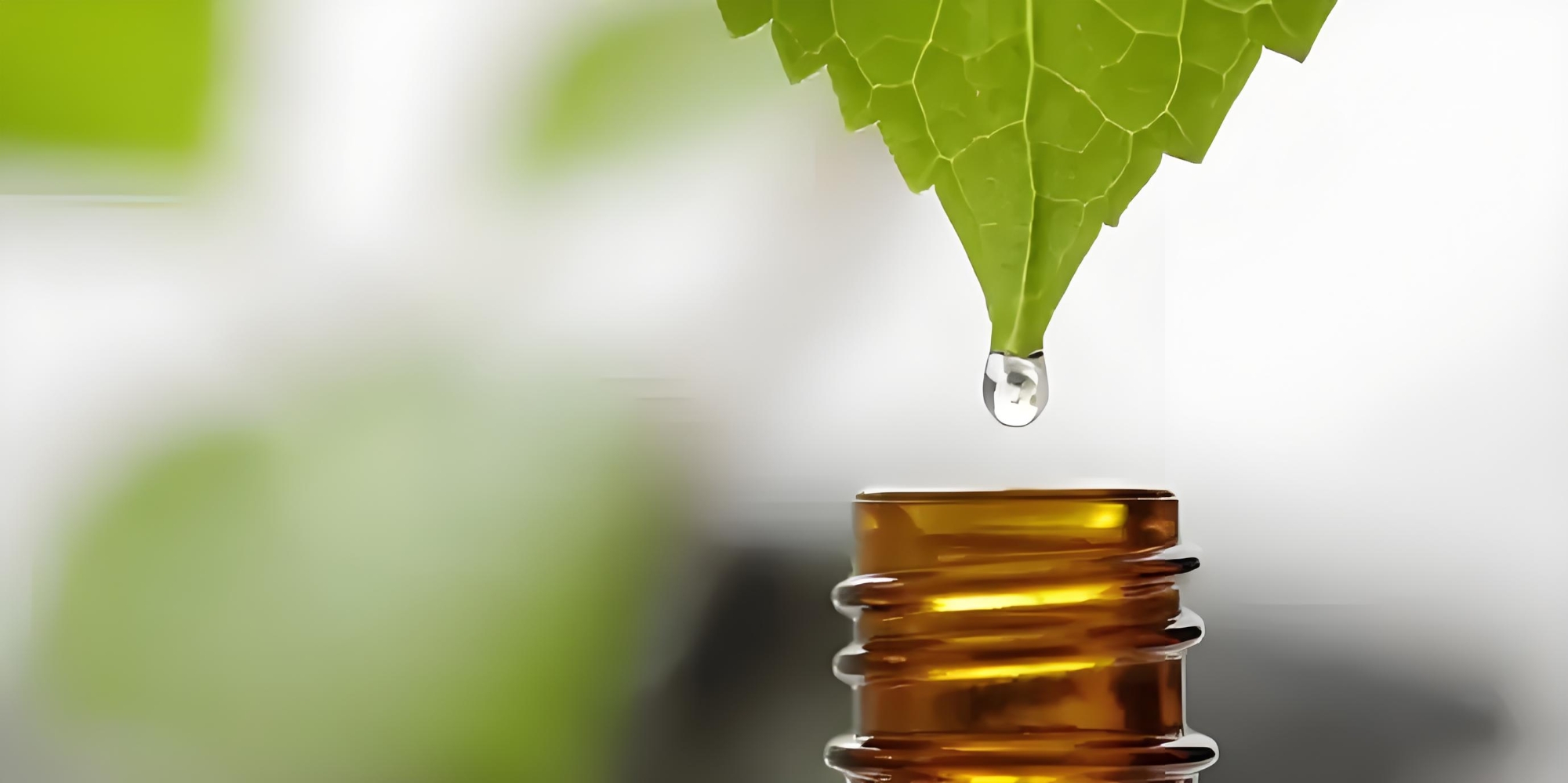
Alternativas naturales promovidas por sus efectos antimicrobianos. Ejemplos:
·
Extracto de raíz de Scutellaria, Artemisia argyi, Lactobacillus fermento, etc.
·
·
Commercial blends: SEC-CP, NataPres, EURO-NApre
·
Desafíos:
·
Más débiles que los conservantes tradicionales
·
Problemas de estabilidad debido a pH inconsistente entre lotes
·
Prone to Problemas de compatibilidad and cambios de color in formulations
·
Estos ingredientes se están volviendo cada vez más populares en productos líquidos de toallitas naturales, pero sus limitaciones deben entenderse claramente.
Otros Antisépticos Funcionales
·
Octanoato de sorbitano
·
ácido p-anisico
·
Chitosano – works by chelating key metal ions, thus inhibiting microbial growth.
·
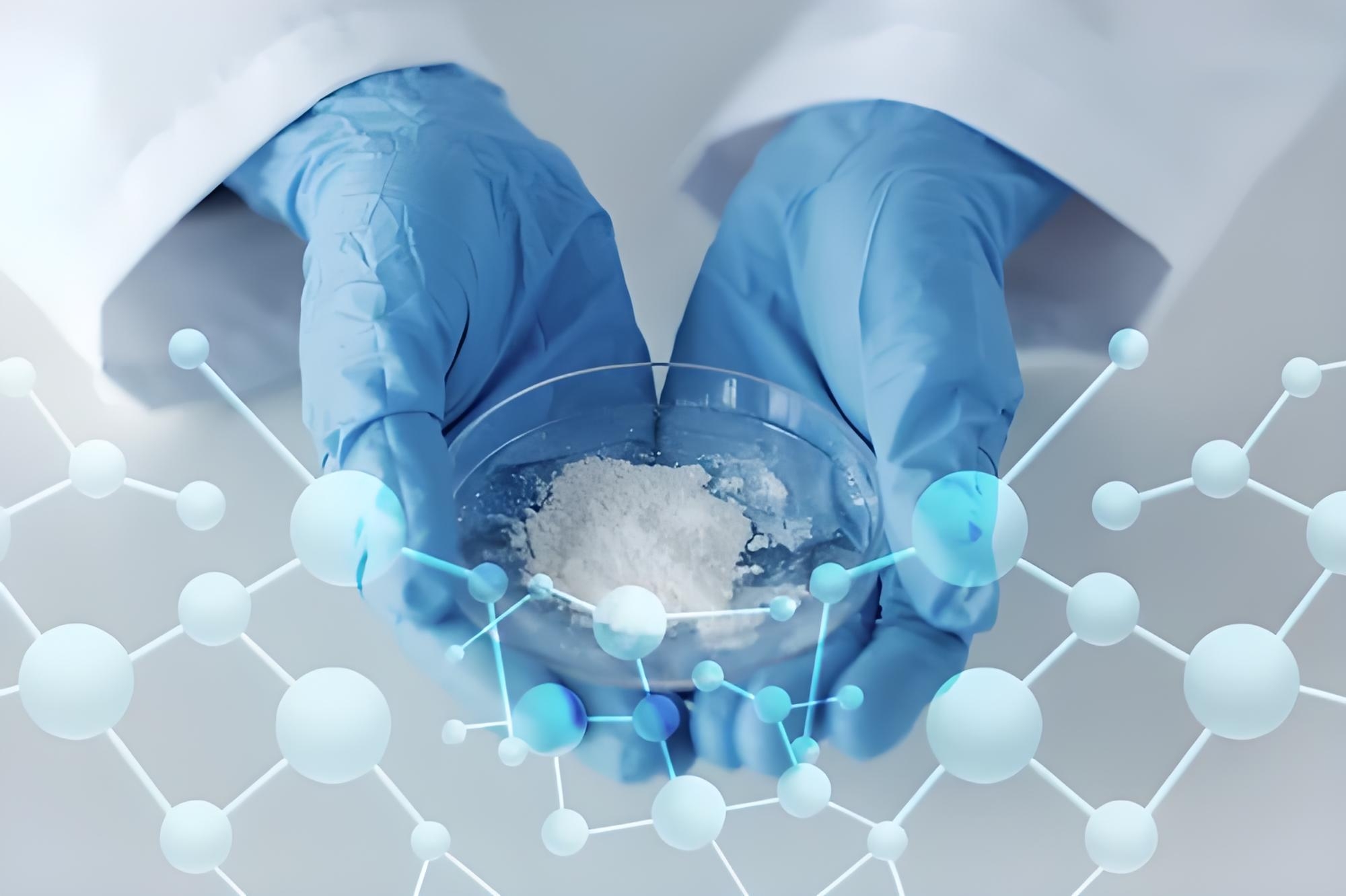
Key Takeaway para consumidores y fabricantes
Preservatives are No definido únicamente por etiquetas reguladoras. Any substance that inhibits microbial growth, including many found in toallitas líquidas, plays a papel conservador—regardless of how it's labeled.
Using “no added preservatives” as a marketing hook—while still including polyols, chelating agents, or natural extracts that perform preservative functions—is engañoso. It blurs the line between transparency and deception.
For manufacturers, making such claims without full disclosure is not just unethical—it risks long-term trust. Regulatory frameworks may eventually catch up, but until then, formulación responsable y etiquetado honesto are vital.
Pensamiento final: Whether it’s a classic preservative or a dual-function ingredient in a toallitas líquidas, the goal remains the same: to ensure safety, prevent contamination, and maintain product stability. It’s time we shifted from buzzwords to clarity—for the benefit of both consumers and the industry.






 es
es
 English
English
 USA
USA
 俄罗斯
俄罗斯
 葡萄牙
葡萄牙
 印尼
印尼
 巴基斯坦
巴基斯坦
 尼日利亚
尼日利亚
 孟加拉
孟加拉
 墨西哥
墨西哥
 越南
越南
 日本
日本
 韩国
韩国

